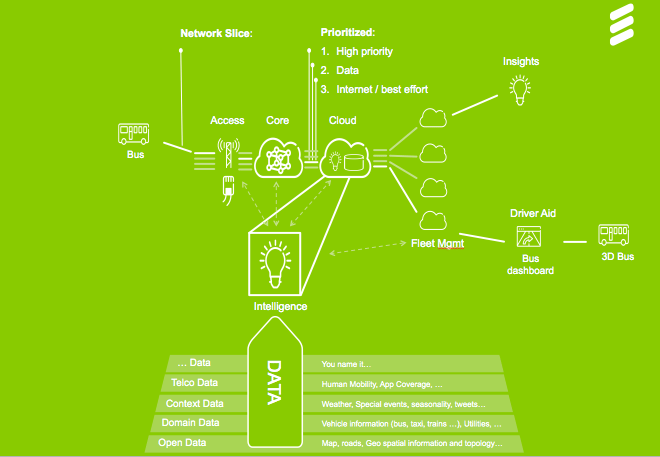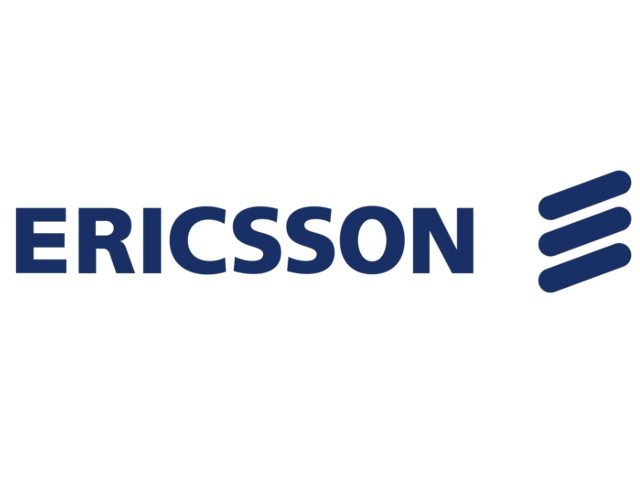Ericsson, today announced a new concept for automated network transport that will be demonstrated at the ITS World Congress this coming week. Th new concept portrays how data obtained from the mobile network could be utilized to optimize public transport scenarios.
This new topic becomes one of six key areas that Ericsson has been promoting at industry events throughout the year. The other topics are listed below and these are already commercially available:
- Connected bus stop – incorporates small cell technology to provide public transport operators with an additional source of revenue and supporting commuter-specific functionality.
- Connected traffic cloud – managed cloud concept to enable sharing of real-time traffic and road condition data between connected vehicles and road traffic authorities.
- Connected vehicle cloud – commercial platform based on service delivery functionality to enable OEMs and third parties to provide in-vehicle driver services and information.
- Mobility-as-a-service – facilitates multi-modal transport, whereby various means of private and public transport can be combined and e-tickets stored on smartphones.
- Zero site – means of combining small-cell wireless connectivity with LED street lighting, in partnership with Philips.
By the year 2050, 66% of the population will reside in mega-cities and by 2030 there will be 41 mega cities globally. According to the most recent Ericsson Mobility Report, mobile penetration has reached 99% or about 4.9 billion mobile subscribers worldwide; this means almost every city resident is carrying a mobile phone. Why not utilize the location data that can be gathered from these phones to plan for transportation?
Some examples of how this data might be utilized include ensuring taxis are grouped in the correct location at the correct time and buses can be routed to where people are actually waiting and avoid stops. These could be powerful tools for city transportation planners to optimize their resources and provide a higher level of customer service. 
The initial idea is that these data insights could be provided as a service to the transportation companies in order to aid drivers. But visualizing the future, there seems to be no reason why the information couldn’t be used in conjunction with self-driving vehicles or linked with end-user apps that could locate and book transportation services. It’s important to note that I didn’t speak with a go-to-market team, so I can’t confirm if these ideas will become a reality. But I can certainly see where there’s a great deal of opportunity for such services in the future.
Like what you read? Follow me on Twitter!
Claudia Bacco, Managing Director – EMEA for RCR Wireless News, has spent her entire career in telecom, IT and security. Having experience as an operator, software and hardware vendor and as a well-known industry analyst, she has many opinions on the market. She’ll be sharing those opinions along with ongoing trend analysis for RCR Wireless News.

